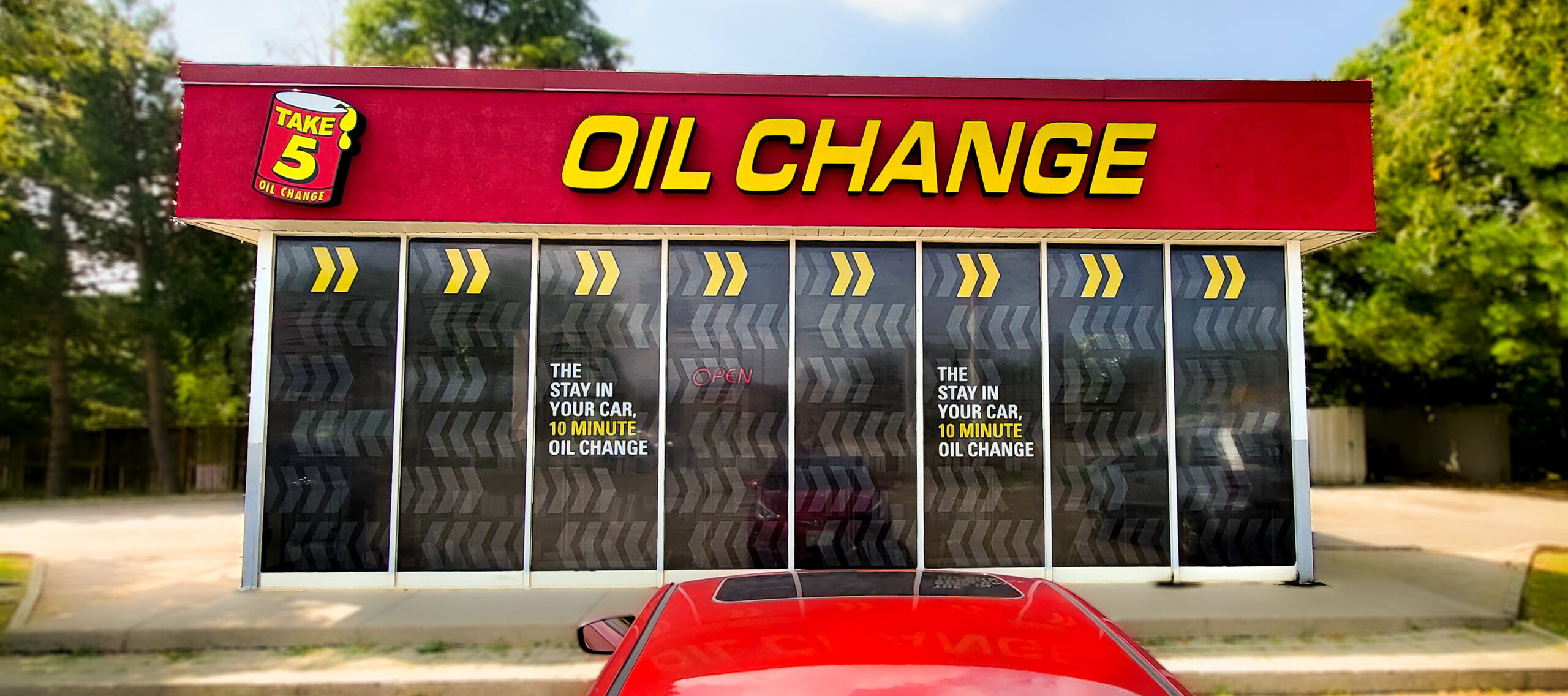
Commercial signage plays a crucial role in influencing consumer behavior. Whether it's a flashy billboard on the highway, an eye-catching storefront sign, or a well-designed product display in a store, signage has the power to capture attention, convey information, and ultimately persuade consumers to make purchasing decisions. In this article, we will explore the key ways in which commercial signage influences consumer behavior and how businesses can harness the art of persuasion to drive sales and boost brand awareness.
The Influence of Commercial Signage on Consumer Behavior
1. Capturing Attention
- Signage is often the first point of contact between a consumer and a business
- Eye-catching signs can attract passersby and draw them into a store or business
- Well-designed signage can create a positive first impression and pique curiosity
2. Conveying Information
- Signage provides essential information such as store hours, promotions, and product offerings
- Clear and concise signage can help consumers make informed decisions quickly
- Effective signage can communicate brand values and establish a connection with consumers
The Psychology Behind Effective Signage
1. Color Psychology
- Colors have the power to evoke emotions and influence behavior
- Red can create a sense of urgency, while blue is often associated with trust and reliability
- Businesses can use color psychology strategically in their signage to evoke specific responses from consumers
2. Font Choice
- The font used in signage can convey the brand's personality and message
- Fonts that are easy to read and visually appealing are more likely to capture attention
- Businesses should choose fonts that align with their brand identity and target audience
Best Practices for Creating Effective Commercial Signage
1. Keep It Simple
- Avoid cluttering signage with excessive text or visuals
- Focus on conveying a clear and concise message that is easy for consumers to understand
- Simplify the design to ensure that key information stands out
2. Know Your Audience
- Understand who your target audience is and what appeals to them
- Tailor your signage to resonate with the preferences and interests of your target demographic
- Use language, imagery, and design elements that speak to your audience
Case Studies: Successful Examples of Persuasive Signage
1. Starbucks
- Starbucks uses a simple, yet iconic logo that is instantly recognizable
- The brand's signage emphasizes the quality and premium nature of its products
- Starbucks locations are strategically designed to create a cozy and inviting atmosphere
2. McDonald's
- McDonald's utilizes bold colors and fonts in its signage to capture attention
- The brand's signage often features images of its popular menu items to entice customers
- McDonald's signage is consistent across all locations, reinforcing brand recognition
Conclusion
Commercial signage is a powerful tool for influencing consumer behavior and driving sales. By understanding the key principles of effective signage design and leveraging the psychology behind consumer decision-making, businesses can create signage that captivates audiences, conveys information effectively, and ultimately persuades consumers to make purchasing decisions. By mastering the art of persuasion through commercial signage, businesses can enhance brand visibility, boost customer engagement, and ultimately increase their bottom line.